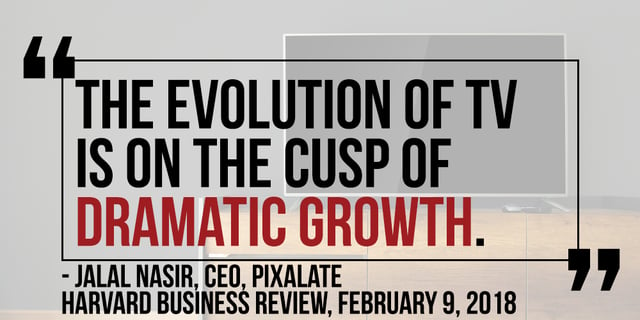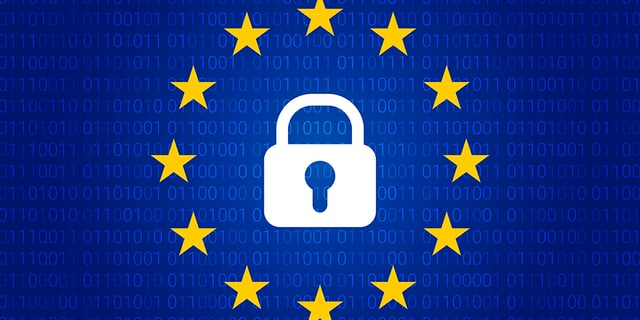
This week's review of ad fraud and quality in the digital advertising space.

The Harvard Business Review conducted a survey on marketing and the evolution of TV, sponsored by Google. "Television is in the midst of an enormous evolution where consumers can watch programming on any internet-connected device with a screen," wrote HBR.
"For example, Jalal Nasir, founder and CEO of Pixalate, a firm specializing in providing fraud protection and analytics for advanced TV advertising, stresses that the evolution of TV is on the cusp of dramatic growth," the research report reads. "According to his firm’s research, 40% of U.S. households with an internet connection already own an internet-connected TV device. By 2020, that number is expected to climb to 80% or more." Read more on our blog.

Google has turned on the default ad-blocker within its Chrome browser. "Google will start automatically blocking intrusive ads within its Chrome browser for desktop and Android from Thursday 15 February," wrote The Guardian. "The change, announced in June, will see the dominant browser that is used by over 56% of internet users block some of the most intrusive ads including full-page prestitial ads, flashing animated ads and auto-playing video ads with sound."

"Consumer goods giant Unilever ... has fired a warning shot across the bows of social media giants by threatening to pull ads from digital platforms if they don’t do more to mitigate the spread of what it dubs 'toxic' online content — be it fake news, terrorism or child exploitation," reported TechCrunch. "Unilever’s Weed also takes aim at ad fraud in his speech, noting how it’s partnered with IBM to pilot a new blockchain tech for advertising," the article continued.
 Per eMarketer, "Just 6% of firms are completely prepared for the European Union’s General Data Protection Regulation (GDPR), according to a November 2017 survey of IT professionals by data modeling company Erwin." The article added: "One of the reasons more companies aren’t prepared for the GDPR is because it is expensive to become compliant with the new laws."
Per eMarketer, "Just 6% of firms are completely prepared for the European Union’s General Data Protection Regulation (GDPR), according to a November 2017 survey of IT professionals by data modeling company Erwin." The article added: "One of the reasons more companies aren’t prepared for the GDPR is because it is expensive to become compliant with the new laws."

"OTT audiences are prevalent and engaged," wrote AdExchanger. "But while advertisers are buying, they’re not exactly beating down the doors." The article continued: "The main issue is buyer confusion about how to transact on OTT inventory, as well as how to measure it."
Sign up for our blog to stay updated with new stats, trends, and analysis on digital ad fraud.
*By entering your email address and clicking Subscribe, you are agreeing to our Terms of Use and Privacy Policy.
These Stories on Weekly Recaps
*By entering your email address and clicking Subscribe, you are agreeing to our Terms of Use and Privacy Policy.

Disclaimer: The content of this page reflects Pixalate’s opinions with respect to the factors that Pixalate believes can be useful to the digital media industry. Any proprietary data shared is grounded in Pixalate’s proprietary technology and analytics, which Pixalate is continuously evaluating and updating. Any references to outside sources should not be construed as endorsements. Pixalate’s opinions are just that - opinion, not facts or guarantees.
Per the MRC, “'Fraud' is not intended to represent fraud as defined in various laws, statutes and ordinances or as conventionally used in U.S. Court or other legal proceedings, but rather a custom definition strictly for advertising measurement purposes. Also per the MRC, “‘Invalid Traffic’ is defined generally as traffic that does not meet certain ad serving quality or completeness criteria, or otherwise does not represent legitimate ad traffic that should be included in measurement counts. Among the reasons why ad traffic may be deemed invalid is it is a result of non-human traffic (spiders, bots, etc.), or activity designed to produce fraudulent traffic.”

